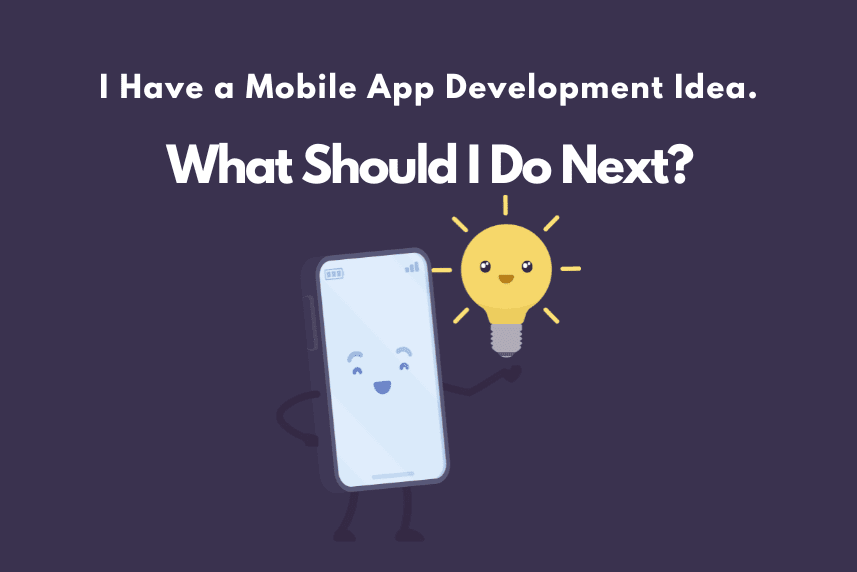I have a Mobile App Development Idea.What Should I do Next ?
Congratulations on having a mobile app development idea! Developing an application can be a cumbersome task, but one which can be achieved easily with some planning and carefully made decisions. Let us guide you through the steps you need to follow to develop a brilliant app.
Market Research:
Each industry has its own market. Your application will need to cater to the needs of your industry’s market. For this, you need to thoroughly research the market trends and identify competitors. At this stage, you should focus on what existing problems you can solve for the customer.
Concept Refinement:
Once you know your market, you will then need to focus on the features and functionalities of your application, including the key unique selling points (USPs), or what sets your app apart from others. The information you gather during market research will help you refine your initial idea.
Create a Proof of Concept (PoC):
As the next step, you should develop a basic version of your app that will show whether it is technologically feasible. By developing this basic model, you can seek feedback from those around you or the target customers.
Prototype Development:
A prototype basically includes the designed User Experience and User Interface of the mobile application. Create wireframes and mock-ups to visualise the app’s navigation and interactions. Develop an interactive prototype that simulates user interactions. Collect feedback from potential users to improve the app’s design and flow.
Develop a Business Plan:
The next step is to come up with a monetisation strategy. Make an estimate for your app’s development, marketing, and maintenance. Outline your marketing and promotion strategies to reach your target audience. Create a timeline for development milestones and launch.
Choose the Mobile App Development Approach:
Decide whether you’ll develop the app in-house or hire an external development team. Then, you need to consider whether you will target Android, iOS, or both, what your programming language needs to be, the framework, and tools for development.
App Development:
Develop the app’s backend and frontend according to the defined features. Implement the UI/UX design created during the prototype phase. Test the app thoroughly to identify and fix any bugs or issues.
User Testing and Feedback:
Conduct beta testing with a group of users to identify usability and performance issues. Collect feedback from beta testers to make necessary improvements. Iterate on the app based on user feedback.
App Launch:
Prepare your app for launch on the chosen app stores (Apple App Store, Google Play Store). Create compelling app descriptions, screenshots, and promotional materials. Set a launch date and promote your app through various marketing channels.
Post-Launch Activities:
Monitor user reviews and feedback on the app stores and social media. Continuously update the app to address bugs and add new features based on user needs. Engage with users through customer support and gather insights for future enhancements.
Marketing and Promotion:
Your marketing plan needs to be executed with precision to attract users. Utilise social media, influencer collaborations, content marketing, and other strategies to promote your app. Consider running targeted advertising campaigns to reach your target audience.
Gather Data and Iterate:
Monitor app usage analytics to gain insights into user behaviour and preferences. Use the data to make data-driven decisions for future updates and improvements. Continuously iterate on your app to enhance user experience and engagement.
Developing an application is an ongoing process. The app’s success depends on its adaptability and how much value it provides users. With planning, and careful execution, an incredible application can be developed that fulfils your users’ needs and fills gaps in the market.




No comments to show.